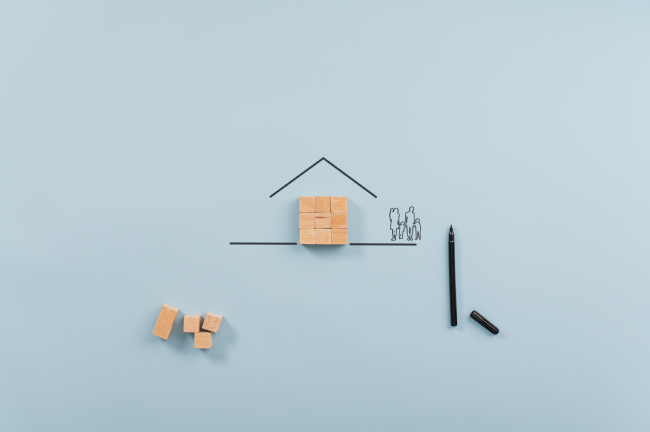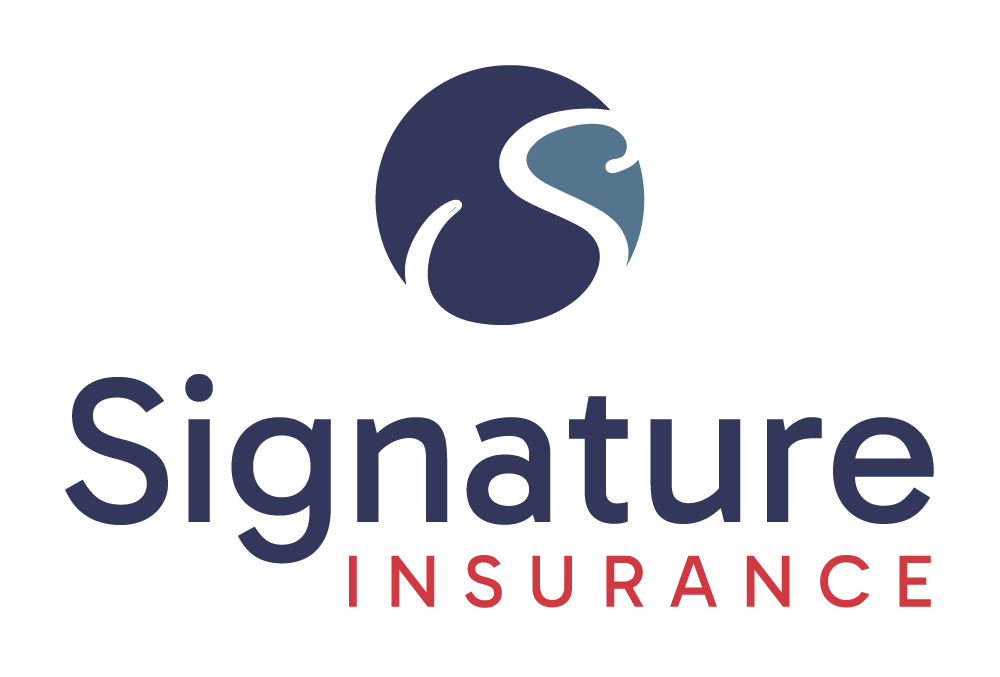You want to buy home insurance because of the instrumental protection it provides when helping you protect your property value and your net worth. Most mortgage lenders require loan applicants to have a plan in order to qualify for financing, in fact. This is a critical piece of protection that can protect you in numerous ways.
All homes face numerous risks and liabilities that could trigger a home insurance claim. That’s why the savvy homeowner will carry numerous pieces of tailored benefits to address even the most unique claim. Still, many risks are endemic to nearly all property owners, which is why many policies contain coverage that looks quite similar (even though it is likely quite unique). Most people need several common types of coverage in order to protect themselves against common hazards.
Let’s take a look at some of the most common claims that homeowners make against home insurance policies. It is pretty clear not only why these claims are so prevalent, but also why you need to have adequate home insurance to address them.
Understanding When Home Insurance Pays for Losses
Home insurance is designed to protect a property and its owner against the ramifications of costly accidents. Because you never know when a lawsuit, break-in or damaging event might affect your home and endanger your family, home insurance can help you cover the costs necessary for your recovery.

A variety of losses will have coverage. Among the common claims that a homeowner is likely to file are:
- Fire & Lightning Damage
It is probably fairly clear to most people that house fires are both exceptionally dangerous and can easily cause pervasive damage in a home. The Insurance Information Institute (III) estimates that from 2014 – 2018, the average home insurance claim for fires was more than $79,000. Fire claims accounted for more than 32% of all home insurance claims, and were nearly three times more expensive than the next most-expensive claim.
However, if you have home insurance, then you will likely have the resources available to pay for your damage. Your plan will likely compensate you for both damage to your dwelling and the possessions inside. Still, deductibles and coverage limits will apply. Therefore, work with one of our agents to tailor your policy so that it includes the right limits and endorsements for your property’s full value.
- Wind & Hail Damage
Your house is vulnerable to the elements, no matter how durable you make it. Wind and hail are usually the most dangerous types of weather when it comes to home security. Both can quickly and easily damage your home’s structure, not only by themselves, but also when they cause trees or other items to fall onto the home.
Claims for wind and hail damage account for nearly 35% of home insurance claims. However, you must read your policy to verify that you have this coverage in all circumstances. For example, residents of areas that are prone to hurricanes or other high winds might find that their standard policy excludes this damage. They might therefore have to buy a policy endorsement that covers this loss.
Keep in mind, you must file a claim for weather damage as soon as possible after it occurs. The longer you go without reporting the damage, the more likely an insurer is to deny your claim.
- Liability Claims
A guest who is visiting your home might fall and get hurt. Or, you might damage their possessions, even unintentionally. However, because these accidents were your fault, you might have to repay this person for their losses. Homeowners liability insurance is the coverage that is designed to help you cover these costs. Even though liability losses only account for about 2% of home insurance claims, the average claim costs more than $26,000. Therefore, it’s imperative to have high levels of coverage.
- Theft
The average home insurance claim for theft was about $4,000 between 2014 – 2018. However, any loss of property is a personal loss, and you shouldn’t be punished because someone stole your precious belongings. That’s why most home insurance policies contain possessions insurance.
Keep in mind, however, that some policies only pay you based on items’ actual cash values at the time of the theft. Therefore, you might not be able to recoup the full cost of all lost items from the insurer. However, you can increase your coverage by buying additional benefits like replacement cost possessions insurance and scheduled items riders.
- Water Damage
In many cases, flooding is not covered by home insurance. To get this coverage, you will have to buy flood insurance.
However, incidents like frozen, burst or damaged pipes might have coverage under your home insurance. These are internal issues that usually are not related to weather. Given that water damage can easily become pervasive in your home, this coverage can be critical to your ability to pick up the pieces.
The important thing that you have to remember about home insurance is that your plan will only pay in the event of unpreventable or unavoidable damage. Therefore, damage caused by neglect, wear and tear or similar losses will not have coverage.
